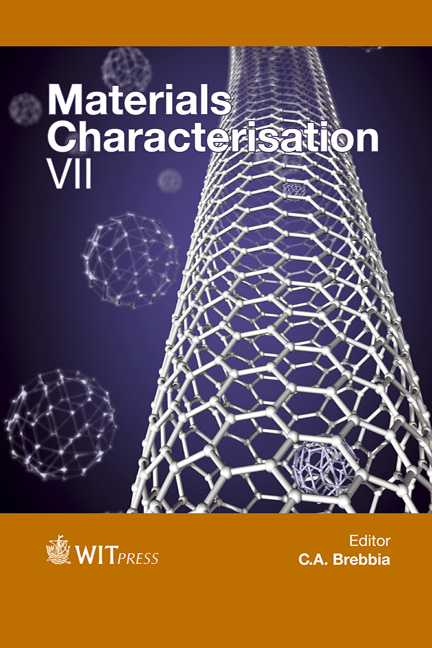The Role Of Temperature And Velocity On Deformation And Wear Mechanisms In Fundamental Abrasive Contacts Up To 800°C
Price
Free (open access)
Transaction
Volume
90
Pages
12
Page Range
59 - 70
Published
2015
Size
2,484 kb
Paper DOI
10.2495/MC150061
Copyright
WIT Press
Author(s)
H. Rojacz, M. Varga
Abstract
Abrasion of metallic materials, especially at elevated temperatures, is a complex process with many influencing factors which ultimately lead to material loss in many applications. This work focus on the investigation of deformation and wear mechanisms present during a single abrasive event. Thereto the scratch behaviour of different steels were studied under variation of different parameters like temperature, which influences microstructural changes and a concomitant hardness drop, and velocity, which strongly affects the hardening mechanisms within the deformed areas. Both parameters influence the resistance against a penetrating abrasive. Therefore a high temperature scratch test (HT-ST) was developed, which enables scratch testing from 1–100 N and temperatures up to 1000°C. Within this study a diamond frustum with a tip radius of 200 μm was chosen as indenter. Scratch tests were performed at room temperature, 500°C and 800°C. Normal load was kept constant at 50 N and sliding velocities were set between 1 mm/s and 1 mm/min. Three steels were chosen for investigation: (i) a ferritic-pearlitic steel, (ii) a ferritic steel with chromium carbides and (iii) an austenitic steel. For the determination of wear mechanisms light microscopy and 3D-confocal white light microscopy were used. High resolution scanning electron microscopy, including electron backscatter diffraction (EBSD) measurements, were performed on cross sections, revealing different deformation mechanisms and surface hardening effects. In the EBSD-analyses hardening effects were pointed out, using orientation mapping with inverse pole figures and grain boundary maps in deformed and initial structures. Results indicate a high influence of both temperature and velocity on the scratch behaviour of materials.
Keywords
steel, abrasion, scratch test, high temperature wear, deformation, tribology





